PREY (2022)
In 1719, a female Comanche warrior fights to protect her tribe from an alien hunter.
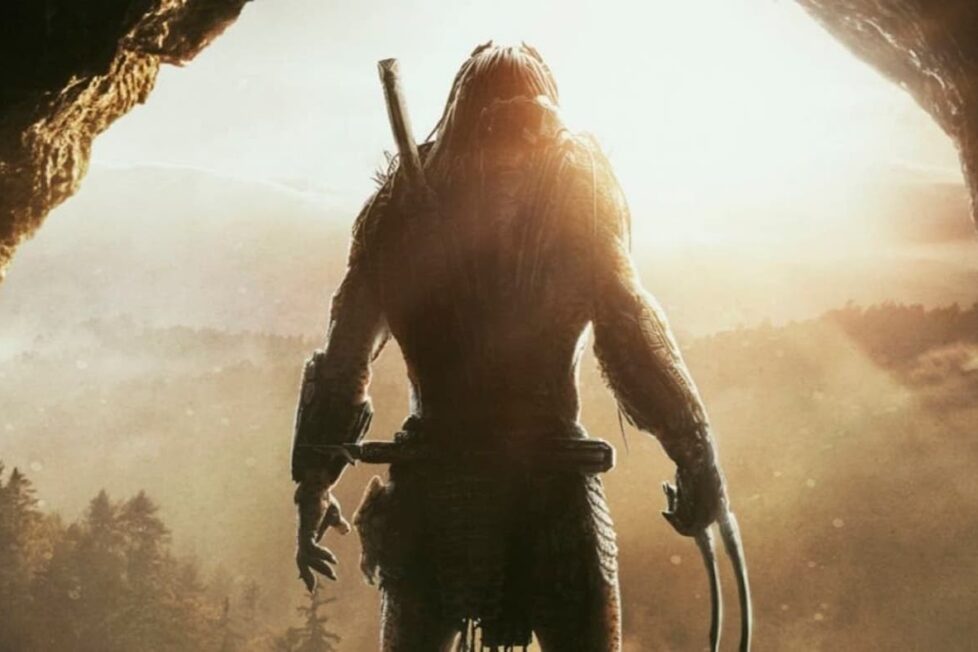
In 1719, a female Comanche warrior fights to protect her tribe from an alien hunter.


Dan Trachtenberg is a former podcast host whose video game-inspired short Portal: No Escape (2011) earned him the chance to direct 10 Cloverfield Lane (2016), a claustrophobic sci-fi thriller that proved he had the chops as a serious filmmaker. In the years since he’s focused on television (directing Black Mirror’s “Playtest” and the pilots for The Boys and The Lost Symbol) and was entangled with a version of Y: The Last Man that didn’t come to fruition. Getting the opportunity to make Prey, a prequel to the action classic Predator (1987), marks the overdue return of Trachtenberg to the big screen since his debut… even if the movie has ultimately been shunted to Disney+ because anything from 20th Century Studios seems to get treated like it’s a second-class product. The fact Shane Black’s The Predator (2018) was a box office bomb perhaps didn’t help.
Whatever one thinks of the Predator franchise over its five instalments (not including the two Alien vs Predator crossovers), it’s fair to say each movie has found an interesting twist on the core idea. Predator 2 (1990) took the alien hunter out of a jungle fighting elite soldiers and into a city against cops, Predators (2010) flipped things so the creature had home advantage against a bunch of criminals, and The Predator focused on suburbia with unorthodox soldiers suffering from PTSD. Prey arguably has the best concept since John McTiernan’s original, which hews close to the sort of thing the popular Predator comic-books do, by setting events hundreds of years ago.
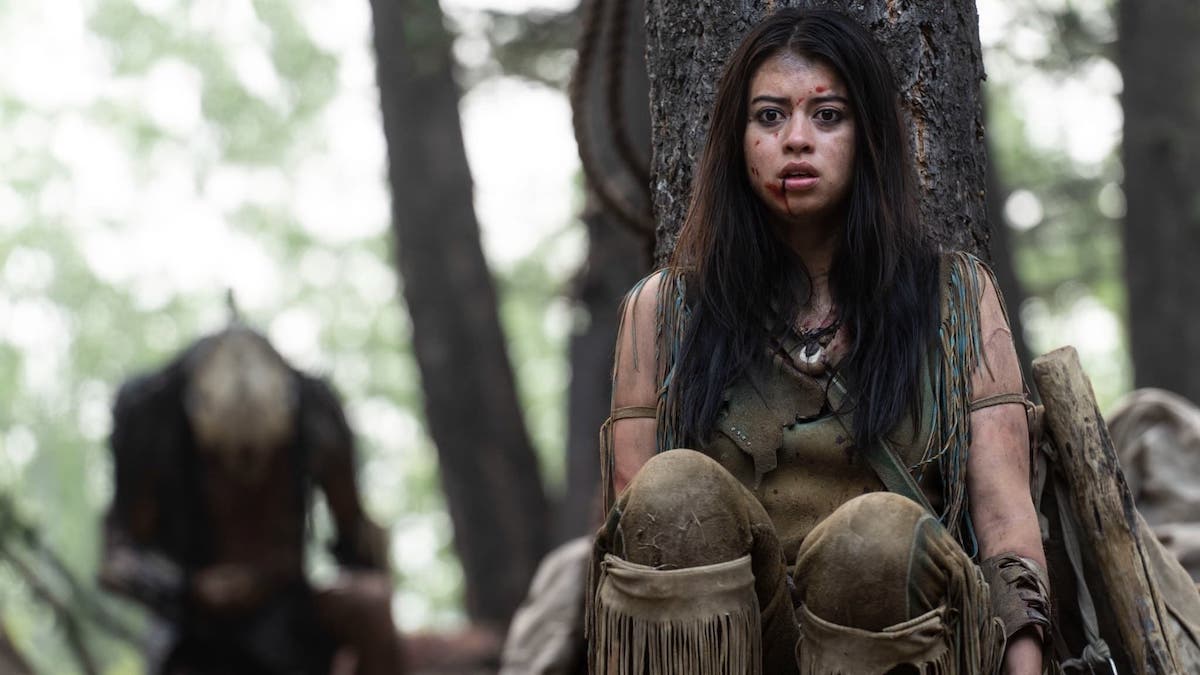
In the Northern Great Plains of 1719, we follow a young Commanche woman called Naru (Amber Midthunder) who is appreciated for her tracking and healing skills but has yet to prove herself as a warrior. Naru’s older brother Taabe (Dakota Beavers) holds the position she aspires to in her tribe, but can’t quite achieve because of how women are expected to conform to their traditional roles. However, Naru gets the chance to prove herself when she accompanies Taabe and his hunters in a search for a dangerous mountain lion, only to suspect a mythical being is stalking them after discovering unusually skinned animals and luminous green blood in the forest.
Prey is essentially a smaller-scale Apocalytpo (2006) or The Revenant (2015) and takes its time to develop the character of Naru and the Comanche people before leaning into its true identity as a monster movie. The screenplay by Patrick Aison does a good job of setting up things for later pay-off, even if some of that is a little obvious (Chekhov’s Swamp, anyone?). I nevertheless enjoy films that have clear and precise goals without much fat on the bone, as you’re able to engage with the story and characters in a more direct way without any pointless diversions or messy plot mechanics. Prey is ultimately a simple story that’s not too dissimilar to the original, in how it follows the same basic path but has fun with its own changes in terms of the 18th-century time period, the Native American culture, and having a female lead.
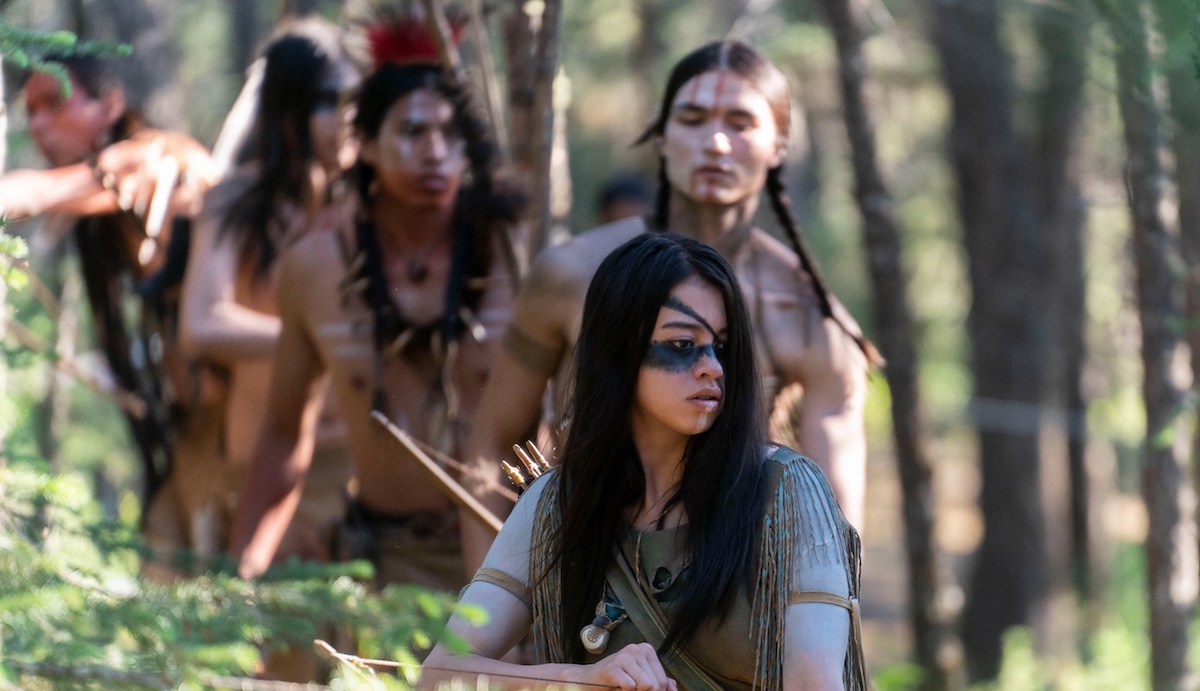
The film isn’t as bombastic or as funny as the original Predator—which is today considered one of the great sci-fi monster movies of the 1980s, and perhaps of all time. But it’s an interesting companion piece with a quieter and more solemn tone, that also contains welcome connections to Predator lore—in how we’re essentially following the ancestors of Sonny Landham’s character from the 1987 film, but also with one unexpected link to Predator 2 in particular.
Amber Midthunder (Banshee, Legion) is the perfect casting as Naru, being part of the Fort Peck Sioux Tribe in real life, so she brings that authenticity to the part and does a great job with the performance and physicality required. My only criticism is that Naru seems to always narrowly avoid being killed simply because there are more unfortunate people around her, and by the time we get to the climax where she’s mano a mano with the Predator (Dane DiLiegro) the creature’s already been dealt enough blows that it doesn’t quite feel like Naru’s in the fight of a lifetime with desperately low odds, in the way Arnold Schwarzenegger’s last man standing did. Something about the ending just felt a little too rushed and easy.
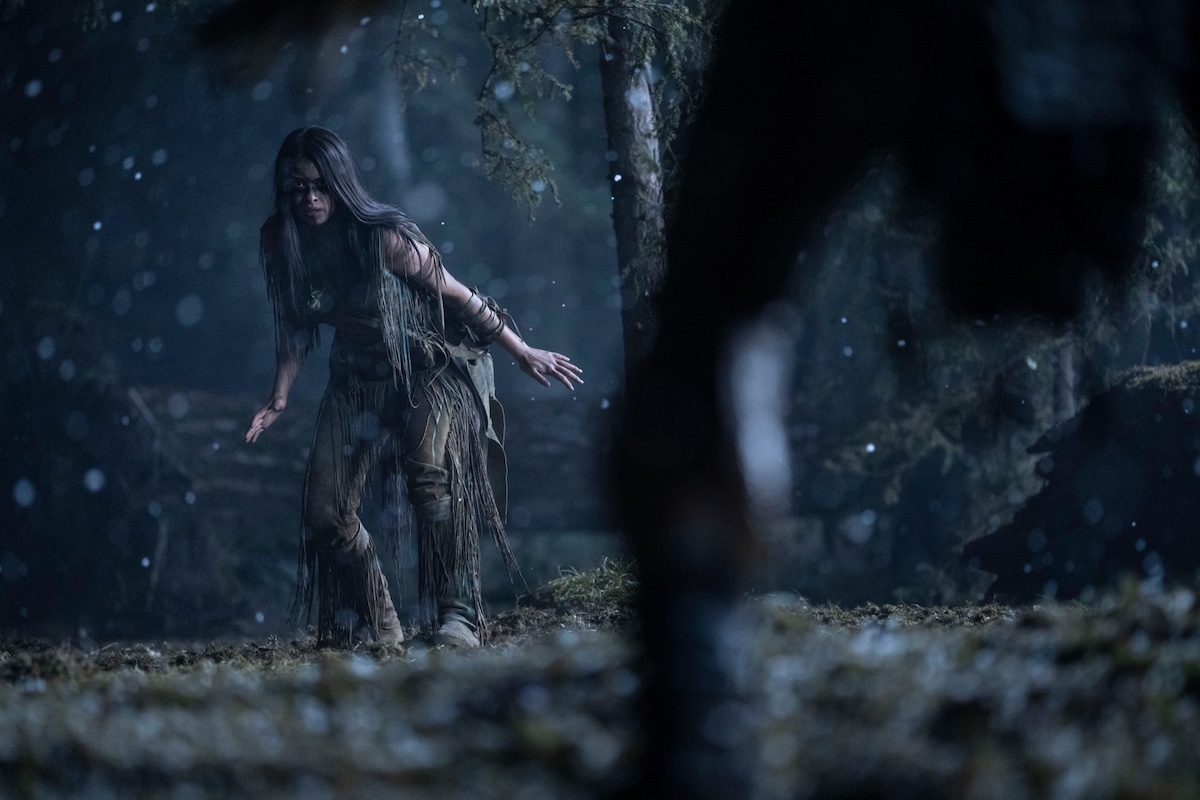
Most of the fun with Prey comes from seeing a familiar story told with some interesting changes. While it may seem unfair that a high-tech Predator is now stalking primitive people armed with bows and arrows, those were the sort of weapons that Schwarzenegger had to use in order to win back in ’87. So this small Comanche tribe are already a step ahead, one could say. But Prey does make interesting changes for balance, and to demonstrate that even the Predator comes from a more primal time in its own culture—without its shoulder-mounted laser cannon (it has projectiles) and now carrying a more old-fashioned metal shield to protect against close combat hits. The Predator remains a deadly force, but part of the fun with this franchise has always been to see humans moved further down the food chain when a big game hunter from outer space arrives on the scene.
As the fifth direct movie in a long-running franchise, Prey understandably can’t surprise audiences to the same extent. We know roughly what the creature will look like behind its mask (now cleverly reimagined as a skull the creature wears as a trophy), and we already know about its methods of hunting and how it won’t go after prey that can’t defend itself because it’s not fair play. The film does a decent job redoing things the previous sequels have covered in a way that’s entertaining, however, and wisely keeps your focus more on Naru’s story of overcoming this otherworldly visitor through grit and determination when she’s clearly less physically strong or as experience as a hunter compared to her brother and others.
Prey is a fun movie and easily my third favourite of the franchise (I have soft spot for Predator 2′s crazy tone and it has the advantage of being made in the same era as the original), but I’d understand those saying it’s the second best too. It’s certainly the only sequel that gets close to recapturing the magic of McTiernan’s masterpiece because it’s faithful to what made that story work so well, only without as many wisecracks and the disappointing decision not to utilise Alan Silvestri’s brilliant theme music. It also offers a great representation of Native American society, and the cast even recorded their lines in the Comanche language if you want a more accurate experience of being dropped into 1719.
USA | 2022 | 100 MINUTES | 2.39:1 | COLOUR | ENGLISH • COMANCHE • FRENCH

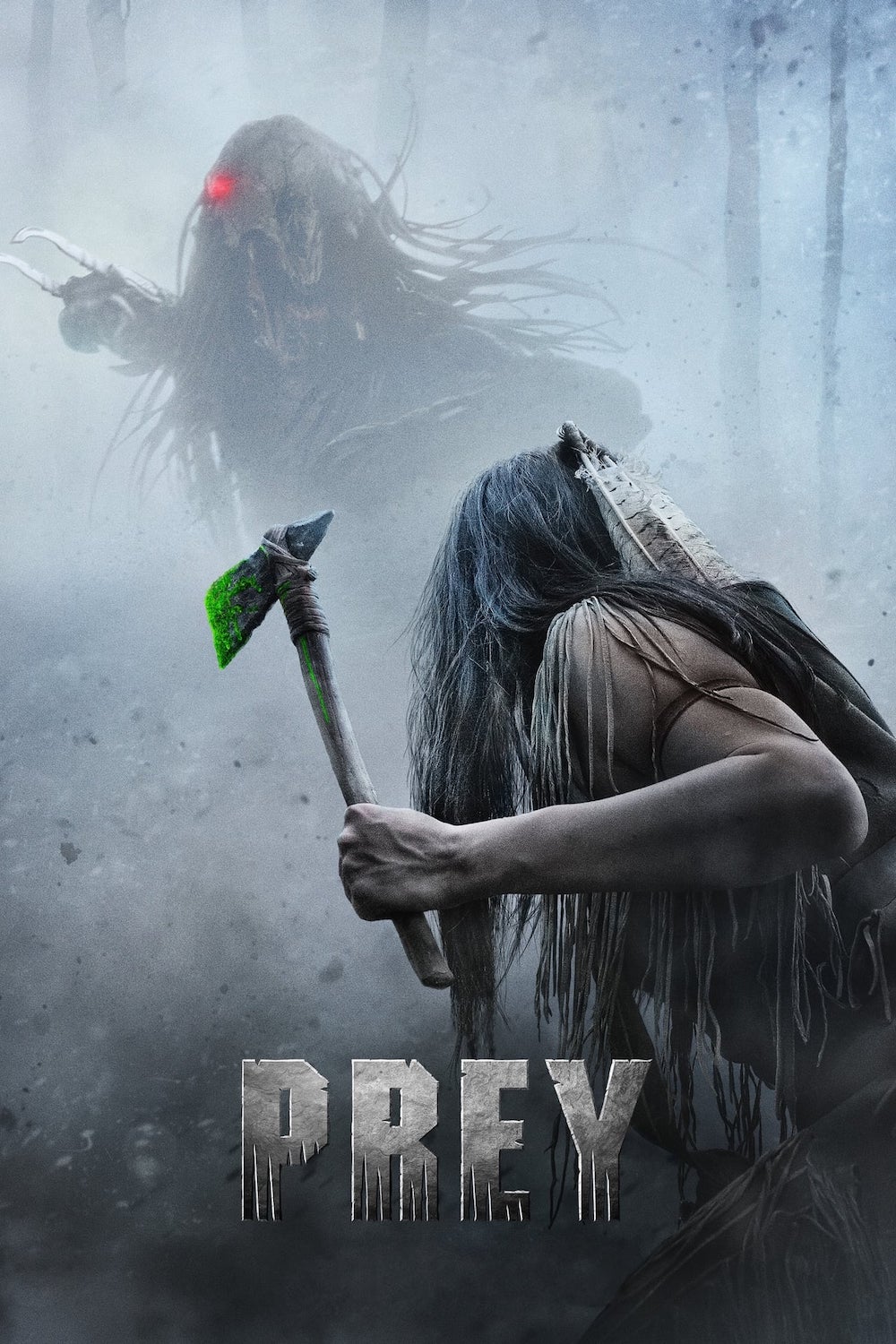
director: Dan Trachtenberg.
writer: Patrick Aison (story by Patrick Aison & Dan Trachtenberg; based on characters created by Jim Tomas & John Thomas).
starring: Amber Midthunder, Dakota Beavers, Stormee Kipp, Michelle Thrush, Julian Black Antelope & Dane DiLiegro.
